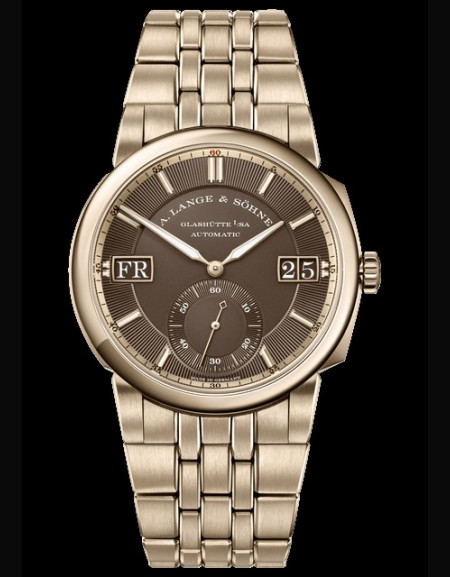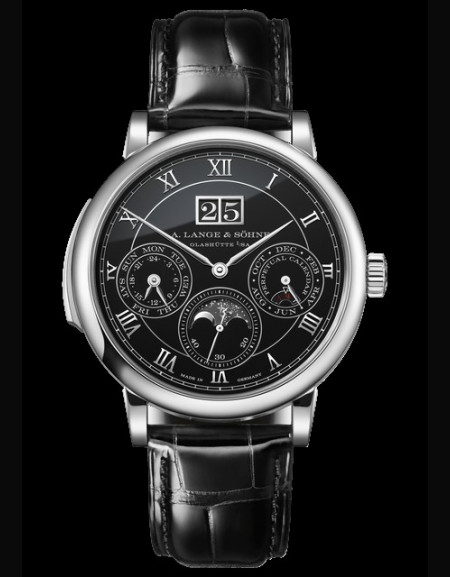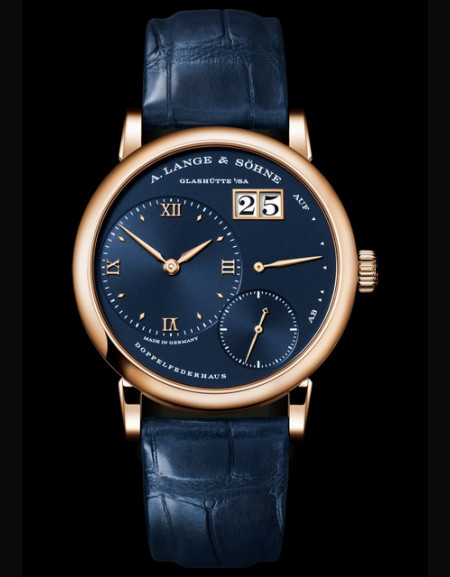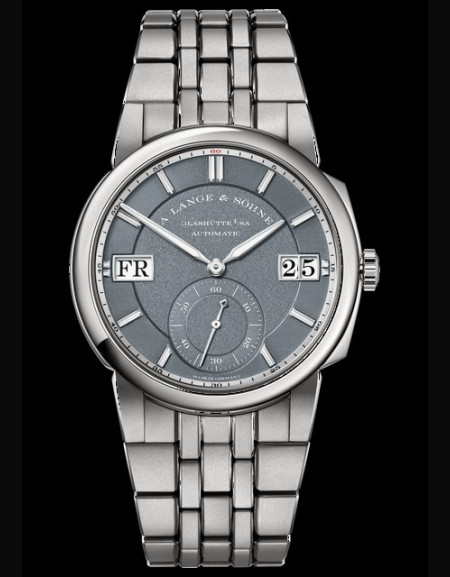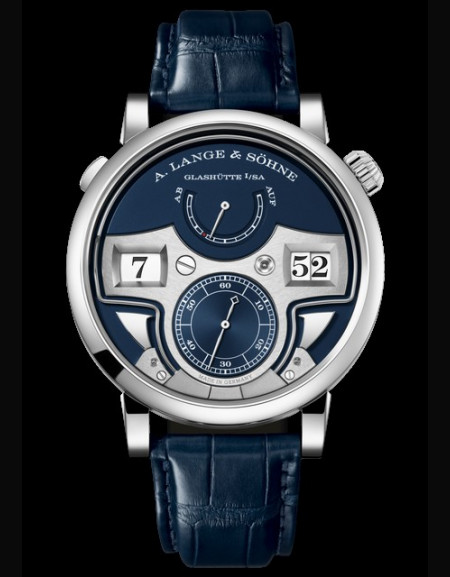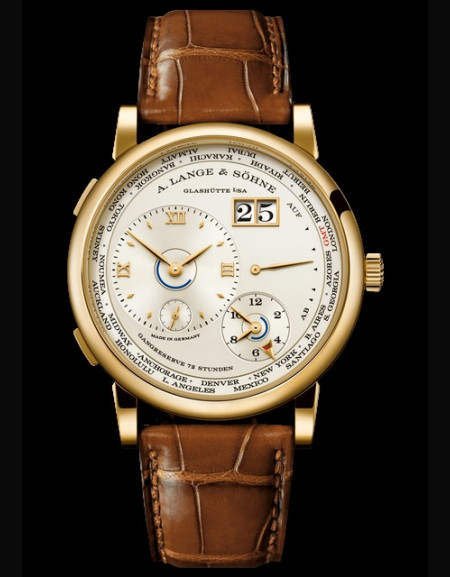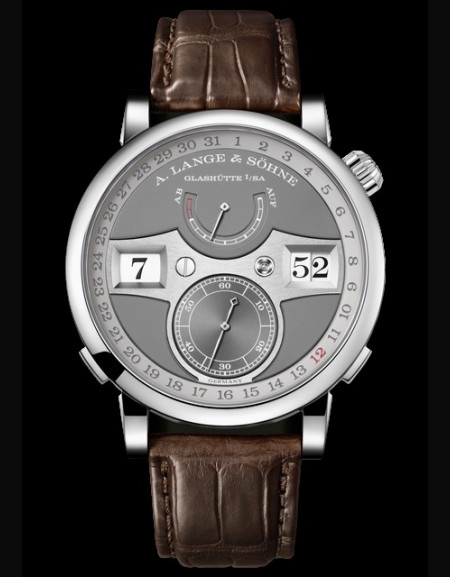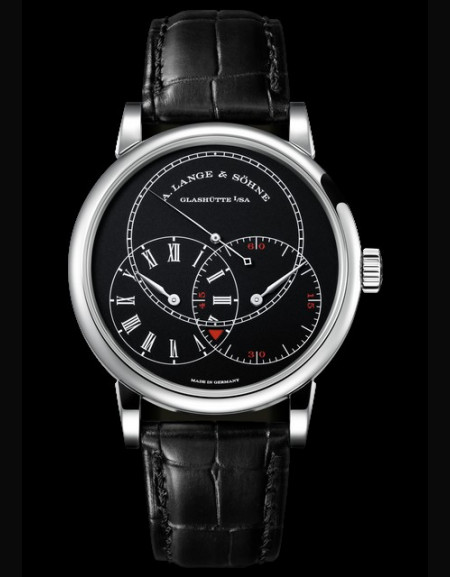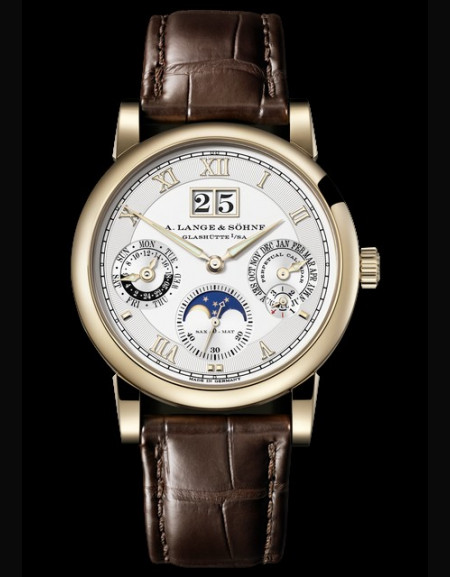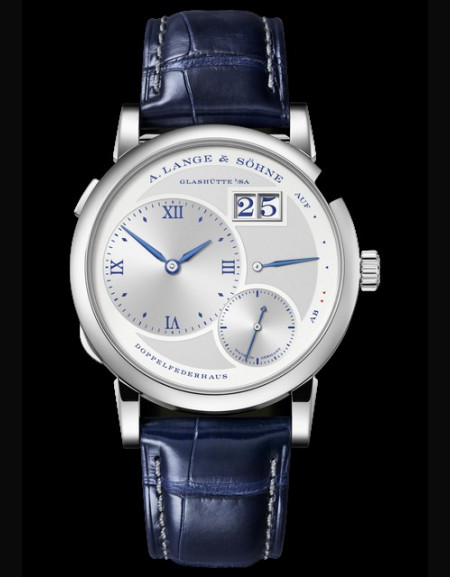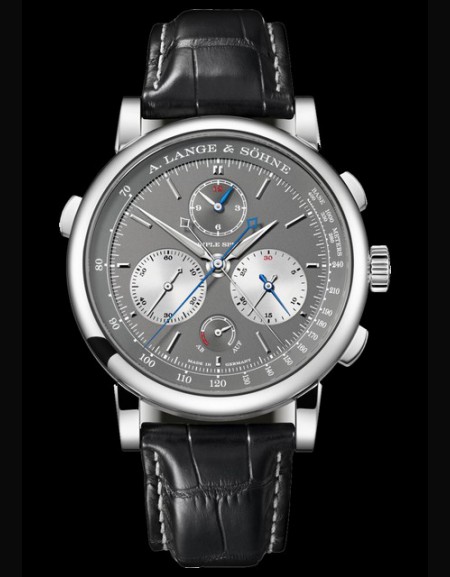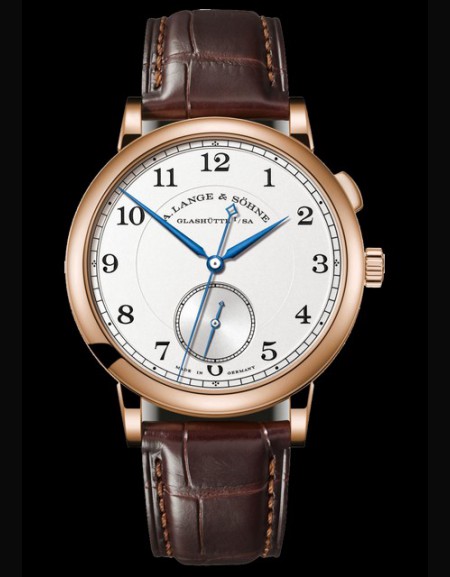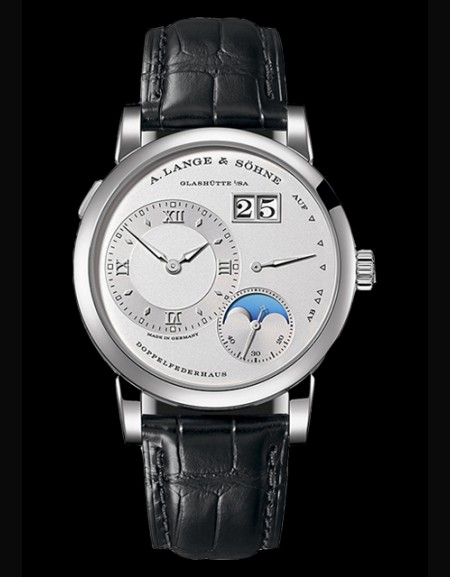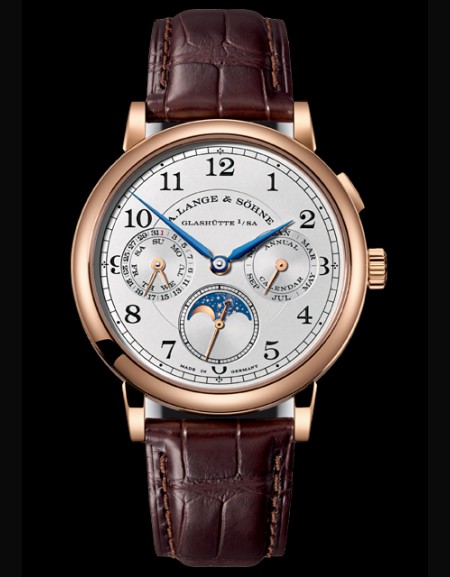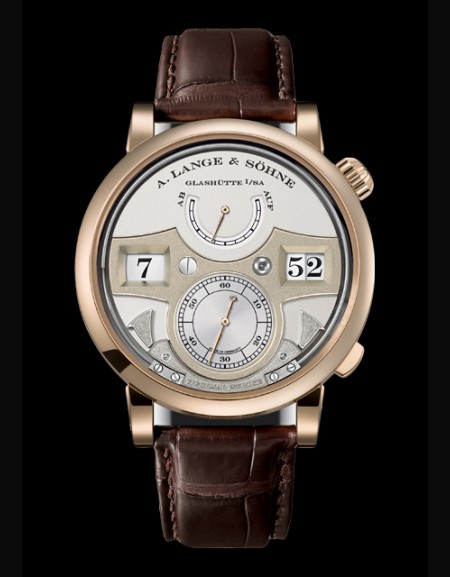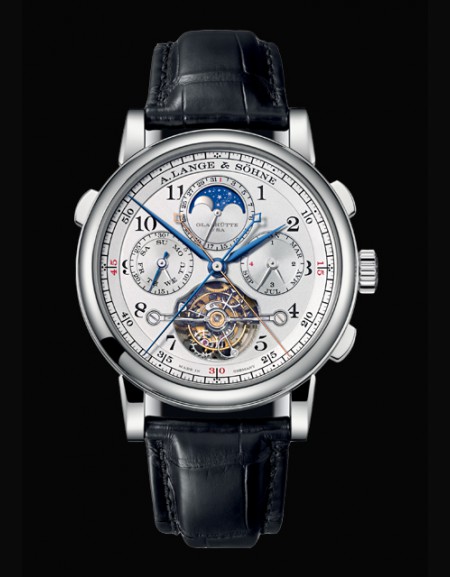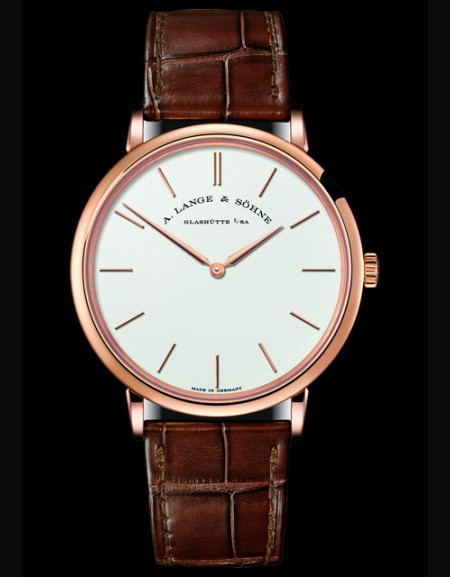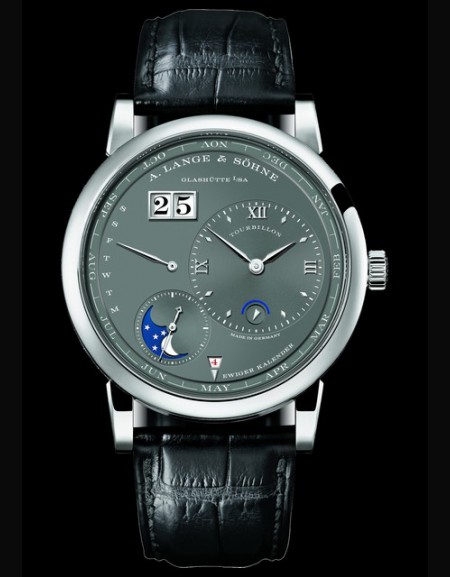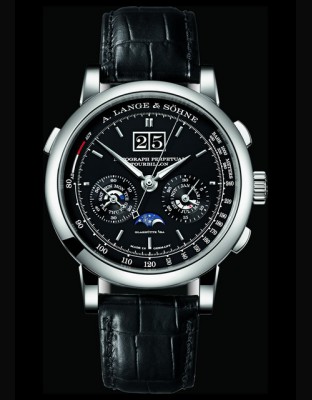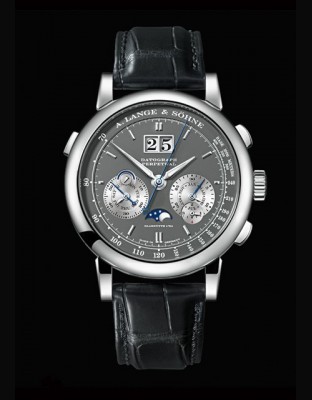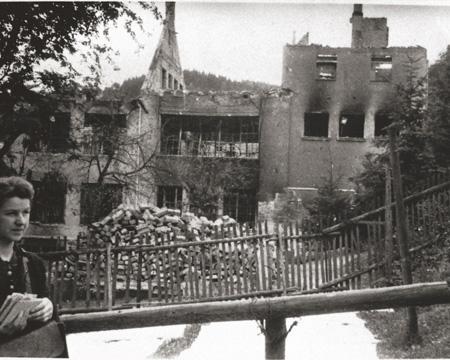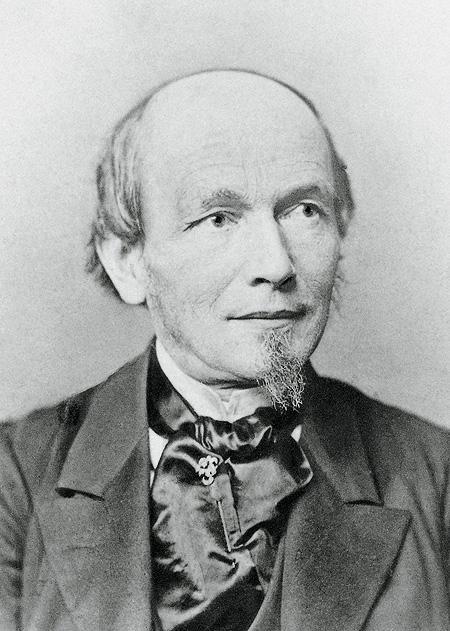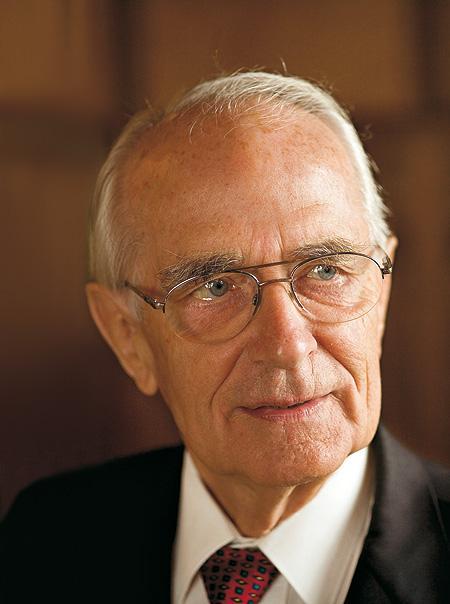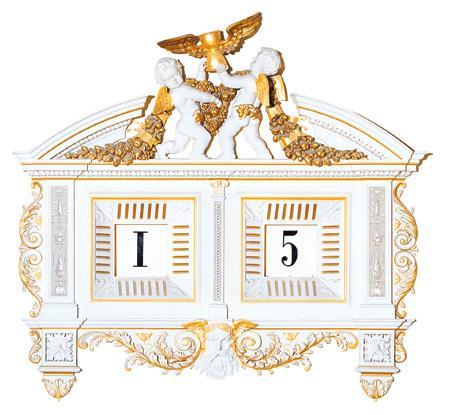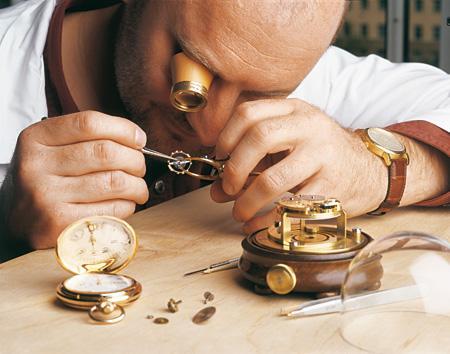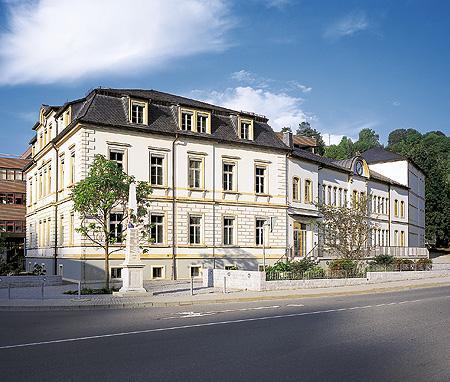1
a_lange_sohne

|
||
A. Lange & Söhne history
1830 : Adolph Lange begins his apprenticeship with Johann Christian Friedrich Gutkaes, who is later the famous clockmaker and keeper of the tower clock at the royal Saxon court in Dresden.
1837 : Adolph Lange embarks on his journeyman's years, which take him first to Paris, where he is hired by Josef Thaddäus Winnerl, a famous chronometer maker. Four years later, having meanwhile advanced to the position of workshop supervisor, he left France to gain fu...

THE COLLECTIONS

-
Odysseus Honeygold
SEE THE DATA SHEETBrand: A. Lange & Söhne
Collection: Odysseus
Ref: 363.150
Price: ON REQUEST -
Minute Repeater Perpetual
SEE THE DATA SHEETBrand: A. Lange & Söhne
Collection: Saxonia
Ref: 607.091FE
Price: ON REQUEST -
-
-
Petite Lange 1
SEE THE DATA SHEETBrand: A. Lange & Söhne
Collection: Lange 1
Ref: 181.063
Price: ON REQUEST -
Petite Lange 1
SEE THE DATA SHEETBrand: A. Lange & Söhne
Collection: Lange 1
Ref: 181.062
Price: ON REQUEST -
-
Lange 1
SEE THE DATA SHEETBrand: A. Lange & Söhne
Collection: Lange 1
Ref: 191.062
Price: ON REQUEST -
Odysseus
SEE THE DATA SHEETBrand: A. Lange & Söhne
Collection: Odysseus
Ref: 363.117
Price: 55 500 € -
Zeitwerk Minute Repeater
SEE THE DATA SHEETBrand: A. Lange & Söhne
Collection: Lange Zeitwerk
Ref: 147.028F
Price: 452 800 € -
Lange 1 Time Zone
SEE THE DATA SHEETBrand: A. Lange & Söhne
Collection: Lange 1
Ref: 136.021
Price: 52 600 € -
Lange 1 Time Zone
SEE THE DATA SHEETBrand: A. Lange & Söhne
Collection: Lange 1
Ref: 136.029
Price: 49 600 € -
Zeitwerk Date
SEE THE DATA SHEETBrand: A. Lange & Söhne
Collection: Lange Zeitwerk
Ref: 148.038
Price: 89 700 € -
Richard Lange Jumping...
SEE THE DATA SHEETBrand: A. Lange & Söhne
Collection: Richard Lange
Ref: 252.029
Price: 71 600 € -
Langematik Perpetual...
SEE THE DATA SHEETBrand: A. Lange & Söhne
Collection: Langematik
Ref: 310.050
Price: 85 700 € -
Lange 1 "25th Anniversary“
SEE THE DATA SHEETBrand: A. Lange & Söhne
Collection: Lange 1
Ref: 191.066
Price: 44 100 € -
Triple Split
SEE THE DATA SHEETBrand: A. Lange & Söhne
Collection: Triple Split
Ref: 424.038F
Price: 139 000 € -
1815 Homage to Walter Lange
SEE THE DATA SHEETBrand: A. Lange & Söhne
Collection: 1815
Ref: 297.032
Price: 47 000 € -
1815 Homage to Walter Lange
SEE THE DATA SHEETBrand: A. Lange & Söhne
Collection: 1815
Ref: 297.026
Price: 47 000 € -
1815 Homage to Walter Lange
SEE THE DATA SHEETBrand: A. Lange & Söhne
Collection: 1815
Ref: 297.021
Price: 47 000 € -
Lange 1 Moon Phase
SEE THE DATA SHEETBrand: A. Lange & Söhne
Collection: Lange 1
Ref: 192.025
Price: 52 400 € -
Lange 1 Moon Phase
SEE THE DATA SHEETBrand: A. Lange & Söhne
Collection: Lange 1
Ref: 192.032
Price: 40 600 € -
Lange 1 Moon Phase
SEE THE DATA SHEETBrand: A. Lange & Söhne
Collection: Lange 1
Ref: 192.029
Price: 40 600 € -
1815 Quantième Annuel
SEE THE DATA SHEETBrand: A. Lange & Söhne
Collection: 1815
Ref: 238.032
Price: 38 600 € -
1815 Annual Calendar
SEE THE DATA SHEETBrand: A. Lange & Söhne
Collection: 1815
Ref: 238.026
Price: 38 600 € -
ZEITWERK DECIMAL STRIKE
SEE THE DATA SHEETBrand: A. Lange & Söhne
Collection: Lange Zeitwerk
Ref: 143.050
Price: 123 400 € -
Tourbograph Perpétuel...
SEE THE DATA SHEETBrand: A. Lange & Söhne
Collection: Tourbograph
Ref: 706.025
Price: 484 000 € -
Saxonia Thin
SEE THE DATA SHEETBrand: A. Lange & Söhne
Collection: Saxonia
Ref: 211.033
Price: 21 000 € -
Saxonia Thin
SEE THE DATA SHEETBrand: A. Lange & Söhne
Collection: Saxonia
Ref: 211.027
Price: 21 000 € -
-
Datograph Perpetual...
SEE THE DATA SHEETBrand: A. Lange & Söhne
Collection: Datograph
Ref: 740.036F
Price: 300 500 € -
Datograph Perpétuel
SEE THE DATA SHEETBrand: A. Lange & Söhne
Collection: Datograph
Ref: 410.038
Price: 122 400 €
A. Lange & Söhne history
1830 : Adolph Lange begins his apprenticeship with Johann Christian Friedrich Gutkaes, who is later the famous clockmaker and keeper of the tower clock at the royal Saxon court in Dresden.
1837 : Adolph Lange embarks on his journeyman's years, which take him first to Paris, where he is hired by Josef Thaddäus Winnerl, a famous chronometer maker. Four years later, having meanwhile advanced to the position of workshop supervisor, he left France to gain further experience in England and Switzerland. It was during this period that he filled his now famous journey- and workbook with drawings of movements and details as well as mathematically researched ratios for wheels and pinions. In 1990, this book, much like a Magna Charta, was one of Walter Lange's essential inheritances when he ventured a new beginning.
1841 : With his new employee Adolph Lange, the Saxon watchmaker Gutkaes builds the world-famous 'digital' Five-Minute clock in Dresden's newly built Semper Opera. Its shape inspired the designers from Lange for the creation of the patented big date.
1842 : Lange acquires master's rights, becomes a partner in Gutkaes' watchmaking business, and marries his former apprentice master's daughter, Antonia.
1843 : Lange proposes to the government of Saxony that industrial watchmaking be established in the impoverished region of the Ore Mountains.
1845 : Lange founds the Glashütte manufactory 'Lange & Cie.' on 7 December, laying the foundation for precision watchmaking in Saxony. Only a few days later, his first son Richard is born.
1846 : Lange introduces the metric system into watchmaking, thereby enabling the exact calculation and manufacture of movement components.
1848 : Lange offers his services to the town of Glashütte as mayor and holds this appointment for the next 18 years.
1864 : To improve the stability of movements, Lange introduces the threequarter plate.
1867 : Lange is granted the freedom of Glashütte.
1868 : Richard Lange becomes coproprietor of his father's company, which from now on operates under the name 'A. Lange & Söhne'. A few years later, his younger brother Emil also joins the company.
1873 : The Lange headquarters is built, comprising both the family's residence and the company's workshops. It features a precision clock with a nine-meter long compensated pendulum.
1875 : Ferdinand Adolph Lange dies on 3 December. His sons continue the family business.
1895 : PIn honour of the company's 50th anniversary, the town of Glashütte erects a monument to Lange.
1898 : On a state visit to Constantinople, Kaiser William II presents his host with a lavish pocket watch created by A. Lange & Söhne.
1902 : Emil Lange receives the Knight's Cross from the French Legion of Honour in recognition of his contribution to watchmaking.
1906 : With Emil's son Otto Lange, the family company enters its third generation. Otto's brothers Rudolf and Gerhard later also join the company management.
1924 : Birth of Walter Lange on the 29th of July. After his training, he soon works as a watchmaker in his parent's manufactory.
1930 : Richard Lange discovers that admixing beryllium to the alloys commonly used for balance springs improves the spring's quality, and he applies for a patent.
1945 : On 8 May, Lange's main production building is almost completely destroyed in an aerial bombing raid.
1948 : The company is seized and expropriated by the communist regime. Walter Lange is forced to flee to the West. The business of the family is transformed into cooperative, the Lange brand disappears and 'A. Lange & Söhne' reaches a mythical status.
1990 : On 7 December, Walter Lange founds 'Lange Uhren GmbH' and registers the 'A. Lange & Söhne' trademark worldwide.
1994 : Lange debuts the LANGE 1, SAXONIA, ARKADE and TOURBILLON 'Pour le Mérite', the watches featured in its first collection of the new era.
1997 : In the term of a period of development of five years, the first 'A. Lange & Söhne' automatic of the new era, the LANGEMATIK, with its patented ZERO-RESET mechanism, world premiere, reaffirms the company's innovative spirit
1999 : The DATOGRAPH sets new standards in the construction of high-end chronographs.
2000: Acquisition of A.Lange & Söhne by the Richemont Group of Switzerland through the acquisition of the LMH (Les Manufactures Horlogères) watch group. A. Lange & Söhne is henceforth a part of a group owner of some of the world's renowned manufacturers of luxury timepieces : IWC, Jaeger-LeCoultre, Balm and Haberdasher, Piaget, Vacheron Constantin and Pharmacy Panerai.
2001 : Following several years of restoration, the Lange headquarters reopens on december 7. Today it is the seat of Lange's own watchmaking school.
2003 : The balance spring developed inhouse by Lange is manufactured in the new Technology and Development Centre.
2007 : A. Lange & Söhne opens their first monobrand-shop on Dresdner Neumarkt followed by Shanghai and Tokyo one year later.
2008 : With the CABARET TOURBILLON A. Lange & Söhne presents the first wrist watch with a stop-seconds mechanism in a tourbillon calibre.
